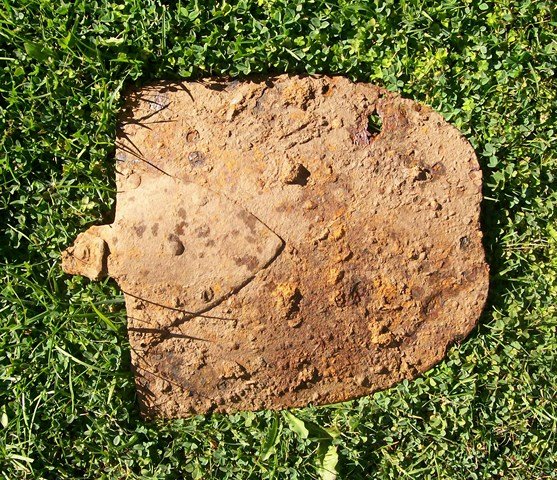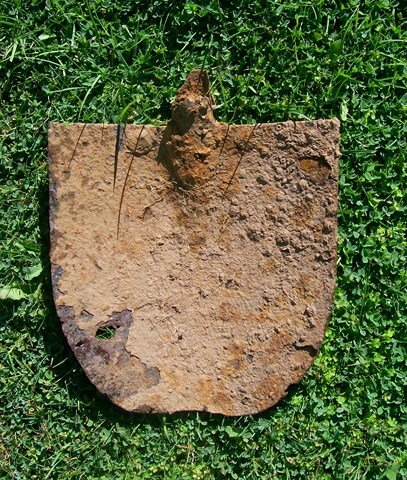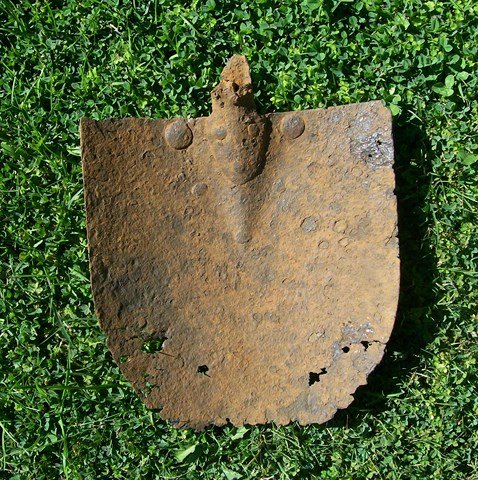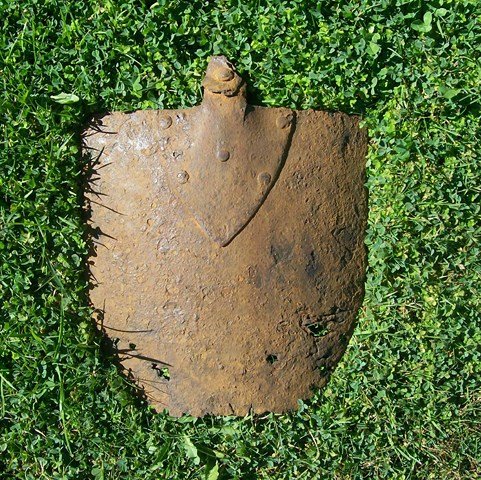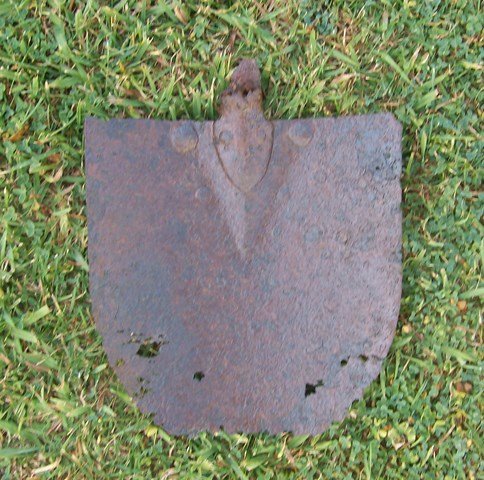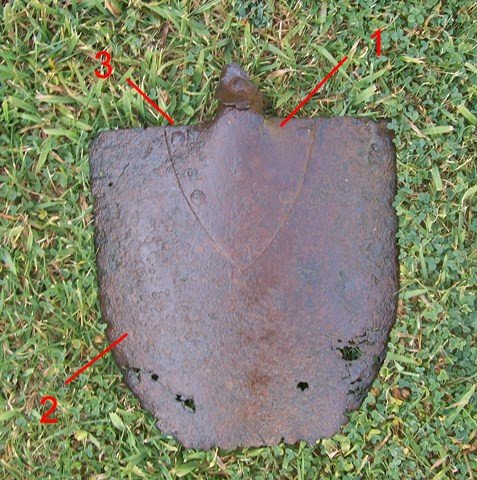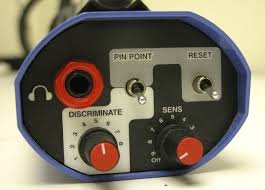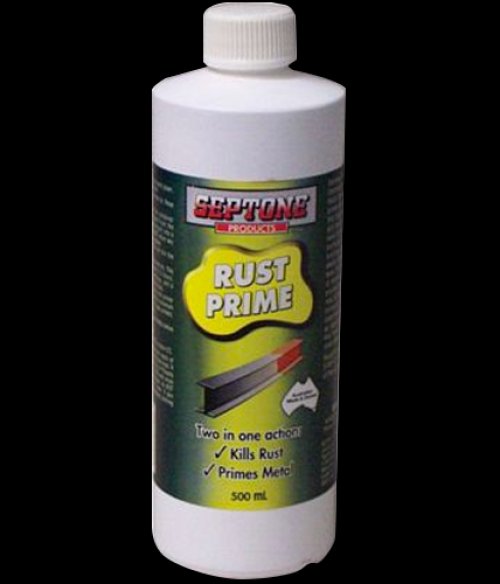Had an interesting couple of days last week with a mate somewhere in the general area of Braidwood to look for relics.
I have been pretty much an alluvial specialist, and don't have a detector.
So my friend lent me an old Minlab Sterling and we investigated a gully that had been mined back in the 1850's and 1860's.
There were a number of old shafts in the gully, most rectangular and one circular, indicating that it was dug by Chinese.
My first target was a nail, and the second one the nice cricket buckle in the pic.
I'm pretty sure that Sandta had posted the same buckle before, but I was lucky to find one in pretty good nick.
Other targets of note inculded a metal powder horn plate which had a hunting scene embossed on it, a waistcoat rear buckle and a couple of old shovel heads, as well as bits of iron pots, tin, billy handles and so on.
This has got me a bit interested in detecting and relic hunting, particularly given the highbanker situation.
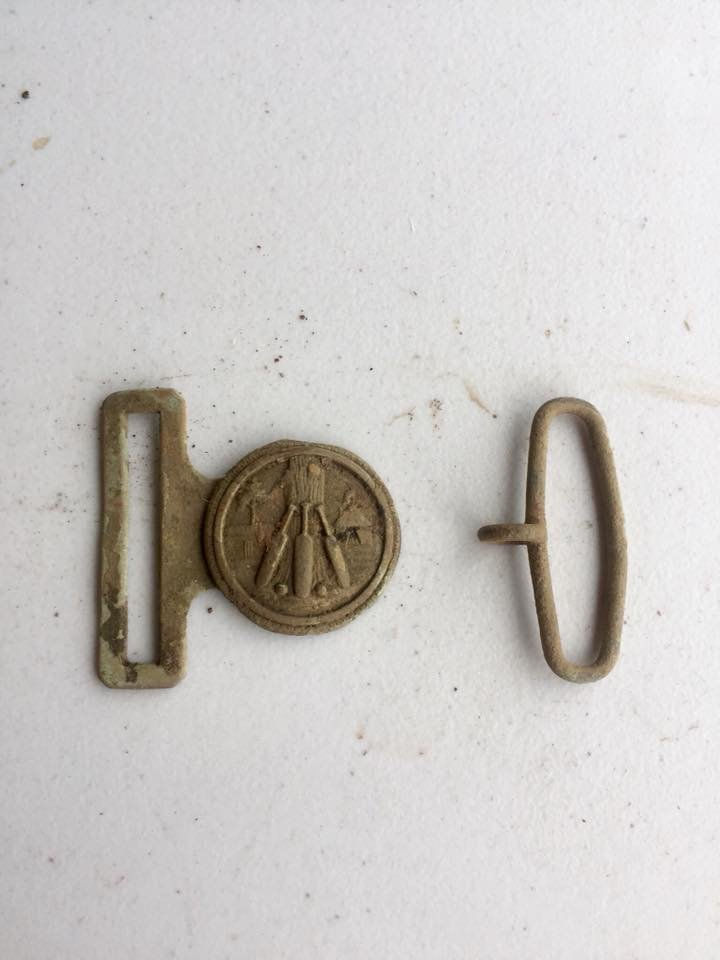
I have been pretty much an alluvial specialist, and don't have a detector.
So my friend lent me an old Minlab Sterling and we investigated a gully that had been mined back in the 1850's and 1860's.
There were a number of old shafts in the gully, most rectangular and one circular, indicating that it was dug by Chinese.
My first target was a nail, and the second one the nice cricket buckle in the pic.
I'm pretty sure that Sandta had posted the same buckle before, but I was lucky to find one in pretty good nick.
Other targets of note inculded a metal powder horn plate which had a hunting scene embossed on it, a waistcoat rear buckle and a couple of old shovel heads, as well as bits of iron pots, tin, billy handles and so on.
This has got me a bit interested in detecting and relic hunting, particularly given the highbanker situation.





